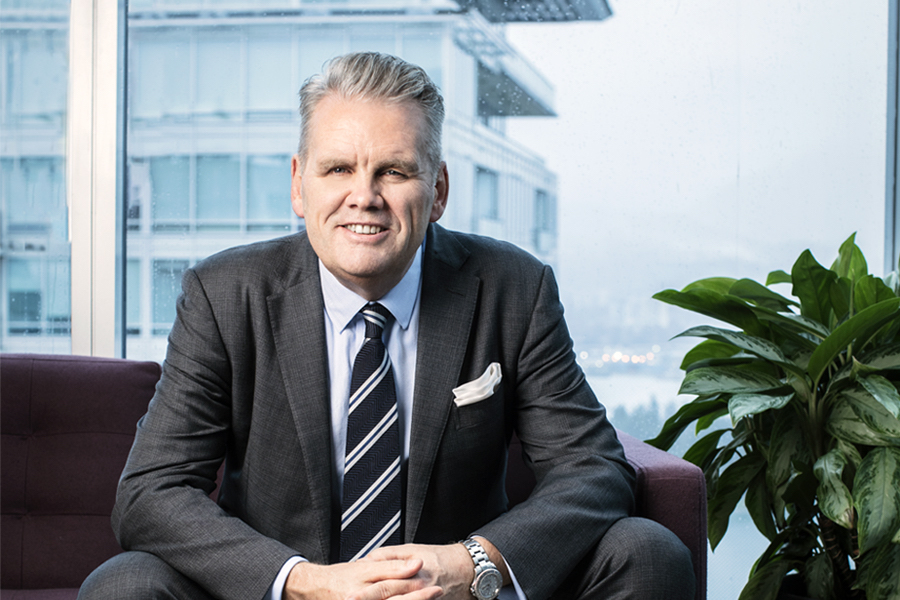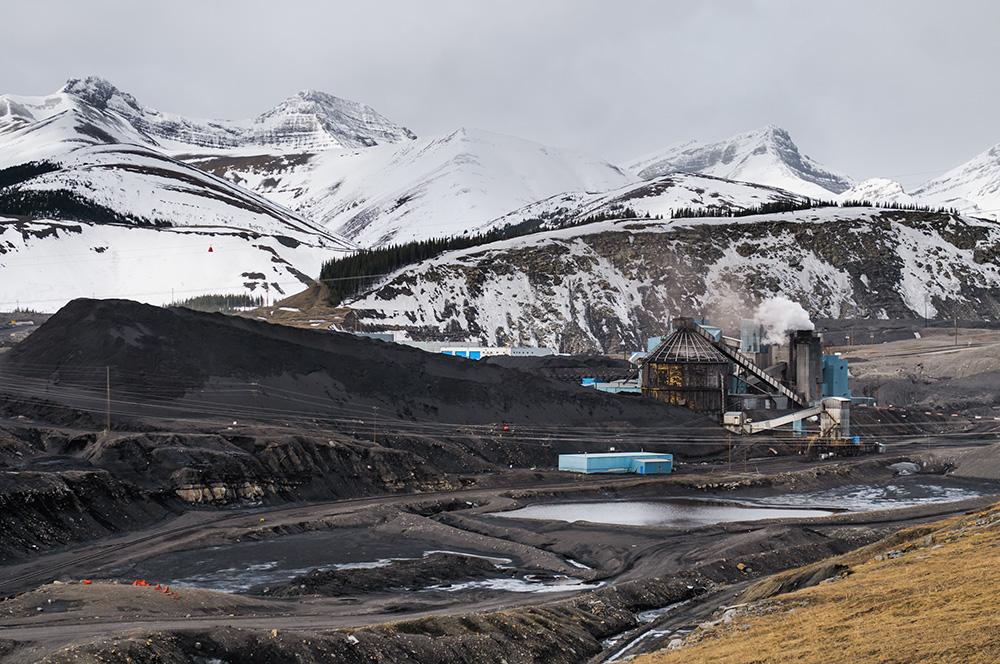AGRICULTURE IS OUR MAIN INDUSTRY
Shortage of veterinarians across Alberta causing burnout, stress on industry
Alberta Veterinary Medical Association president says 370 vet positions still open

A lot of industries have suffered during the COVID-19 pandemic, and vet clinics are no different.
There is a shortage of veterinarians across the province — affecting the physical health of animals and mental health of the overworked vets struggling to fill the gaps.
Lorenza Malaguti, medical director at the McKnight 24 Hour Veterinary Hospital in Calgary's northeast, says the shortages are especially prevalent in the emergency sector.
"When your family practice closes, we're here for any emergency that your pet may have," she said, adding her clinic is open Sunday to Wednesday, 24 hours each day.
However, the shortage means that not only is the clinic open only four days out of the week, it has only four vets on board.
In a perfect world, Malaguti would like to have 10 full-time ER vets on staff.
"We all want to be here for the pets, but we're trying to do what we can to stay open. We can't staff a hospital 24/7 with the veterinarians that we have. There's just not enough."
The COVID-19 pandemic has also played a role, with the increase in people adopting pets.
"Having pets be really, really sick and not having anywhere to go — that haunts me at night," she said.
The 24/7 emergency animal clinics that do exist in Calgary are starting to get overwhelmed, Malaguti said.
"We all want to be here for the pets, but we're trying to do what we can to stay open," she said.
Dozens of vacancies
According to Pat Burrage, president of the Alberta Veterinary Medical Association (AVMA), there are about 1,800 practising veterinarians in the province and 370 vacancies.
"The pandemic has created extra work for the veterinary profession, as it has for the human medical profession. And on top of the workplace shortage, it is wearing people out," he said.
"We could certainly see animals being affected, meaning animal welfare issues start to occur with animals not being seen in a timely fashion."
Burrage says there are also concerns over the mental health of veterinarians.
"We need these people in the profession. We certainly don't want to sort of have them exiting because they are overworked."
He adds that the shortage of veterinarians isn't restricted to Alberta, and that it's a global issue.
"There aren't an abundance of internationally trained veterinarians that are looking to come to Canada," he said.
As well, on average, there's only 50 people who graduate from the University of Calgary's veterinary program each year.
"We haven't changed the number of graduating veterinarians over the past 30 years in Alberta," he said. "And obviously in the last 10 to 15 years, the demand for veterinary services increased dramatically, and that's not enough."
He says the association is working on some solutions that will be presented to the provincial government this fall.
















